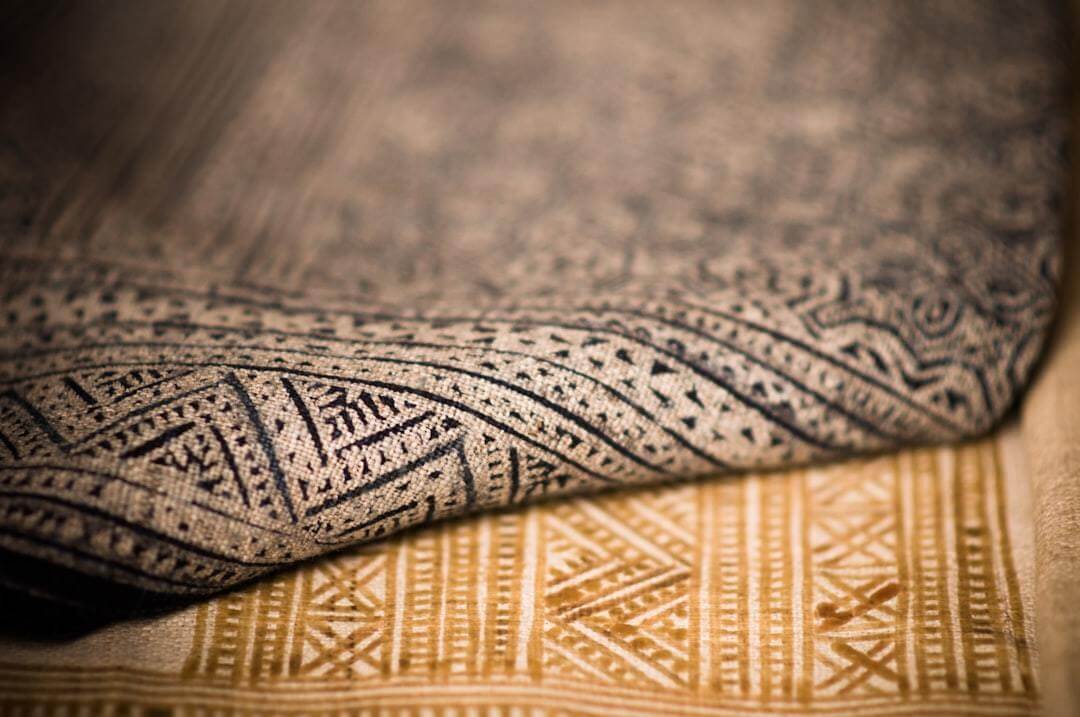Imagine this: you’ve just given your carpet a deep clean, but now you’re faced with the daunting task of figuring out how to dry carpet after cleaning. Swiftly wicking away the moisture isn’t merely a matter of expediency; it’s imperative for averting mildew and safeguarding your dwelling as a wholesome sanctuary. By the end of this article, knowing how to dry carpet fast will be another tool in your home maintenance toolkit.
Table Of Contents:
- The Significance of How to Dry Carpet After Cleaning
- Creative Courses of Action for Carpet Drying
- Adept Perceptions of Carpet Drying Techniques
- The Impact of Weather on Carpet Drying Times
- Conclusion
The Significance of How to Dry Carpet After Cleaning
Knowing how to dry carpet after cleaning isn’t just about avoiding the squishy discomfort underfoot. Quickly drying your carpet is essential lest mold and mildew find a cozy abode within its fibers. When you leave a carpet wet, it becomes a breeding ground for these unwelcome guests.
Shutting Out Mold and Mildew Growth
It is crucial to quickly dry any damp areas to prevent the growth of mold and mildew. These microorganisms can begin to develop within 24 to 48 hours of moisture exposure. Immediately start drying after carpet cleaning by utilizing fans or opening windows when possible, enhancing airflow and reducing drying times.
Strengthen Indoor Air Quality
Quickening the drying process not only keeps unwelcome microbes at bay but also elevates the quality of air within our living spaces. Wet carpets can trap pollutants and allergens which are then released back into the air as vapor when not dried properly—a real no-no for anyone with allergies or respiratory issues.
Leveraging tools like dehumidifiers pulls moisture from both the air and your carpets faster than traditional methods alone might achieve—especially during those cold winter months when opening a window isn’t an option. However, using an air conditioner could work wonders by providing dry coolness that helps evaporate water more swiftly without adding humidity back into the room.
In essence, ensuring how to dry carpet after cleaning is non-negotiable for maintaining healthy living conditions—it prevents mold growth while enhancing overall indoor air quality through improved ventilation strategies or technological aids like ceiling fans, which enhance airflow throughout spaces, effectively reducing any lingering dampness significantly faster than natural evaporation would allow on its own terms.
Creative Courses of Action for Carpet Drying
Handling of Ceiling Fans for Improved Air Circulation
Ceiling fans are not just decorative; they’re a powerhouse for drying carpets faster. Setting your ceiling fans high creates an air funnel effect that pulls moisture up and out of the carpet fibers. This method works wonders because as we all know, warm air rises—and with it, takes the dampness from your freshly cleaned carpet.
The Part of Air Conditioning in Drying Carpets
Believe it or not, your air conditioning system is another secret weapon for drying those carpets quickly. Turning on your AC helps lower indoor humidity levels—a crucial factor since moist environments encourage mold and mildew growth on wet carpets.
Setting your thermostat to a cooler temperature makes the surrounding air less humid, which allows it to absorb moisture from your carpet more efficiently. Remember, though, that cold winter days might not be ideal for this technique, as colder outdoor temperatures could lead to condensation issues inside if windows are left open simultaneously.
To turbocharge these methods, try using additional tools like vacuum cleaners specifically designed for water extraction or towel dry techniques, where you press dry towels into the carpet to soak up excess moisture before starting any mechanical drying processes. It’s important, however, to ensure these tools do not damage or overly compress your carpet fibers during use—always check manufacturer guidelines first.
Drying time after deep carpet cleaning can feel like watching paint dry, but incorporating strategies such as leveraging ceiling fans’ work alongside cold-air-blasting conditioners while utilizing absorbent towels ensures quicker turnaround times without compromising cleanliness standards or creating breeding grounds for unwanted guests like mold start growing underfoot.
Adept Perceptions of Carpet Drying Techniques
Choosing the Right Carpet Cleaning Method
Diving straight into the heart of carpet maintenance, selecting an appropriate cleaning method isn’t just about removing stains but also about how swiftly your carpets can return to their glory. Dry carpet cleaning methods stand out for their efficiency, needing less drying time than traditional wet cleaning techniques.
Professional carpet cleaners bring more than just equipment to the table—they bring experience tailored to your situation. They understand that every fabric responds differently and choose a method accordingly. For instance, delicate fibers might require low-moisture treatments while tougher ones can withstand deeper steam cleanings.
Grasping these subtleties not only promises spotlessness but also extends the life span of your rugs. Hence, the wisdom imparted by professional carpet cleaners is crucial for selecting the appropriate upkeep and care strategies tailored to different carpet fabrics.
Ingenious Procedures for Carpet Drying
The quest doesn’t end with choosing the right cleaning technique; drying takes center stage next. Here’s where innovation meets practicality—using ceiling fans or air conditioners as powerful allies in battling moisture post-cleaning.
Ceiling fans work wonders by enhancing air circulation above damp surfaces, effectively speeding up evaporation rates without applying direct heat which could damage certain carpet fibers. On similar lines, air conditioning systems pull double duty by cooling down rooms (since cold air holds less moisture) while simultaneously dehumidifying them—a process critical during those humid summer months when drying times tend to stretch longer than usual.
The Impact of Weather on Carpet Drying Times
Ever wondered why your carpet takes an eternity to dry after a thorough cleaning during some seasons? The answer often lies right outside your window. Yes, we’re talking about the weather and its sneaky role in affecting indoor carpet drying times.
The Challenge Posed by Increased Humidity
High humidity is like that uninvited guest at your party who won’t leave, making everything uncomfortably sticky. When there’s increased moisture in the air, it becomes saturated, leaving little room for water from your wet carpet to evaporate into. This means carpets take longer to dry because the air can’t hold more moisture. Imagine trying to pour more tea into a full cup; it just spills over.
To navigate through this soggy situation, using dehumidifiers can be a game-changer by pulling moisture out of the air and giving your carpet that nudge it needs to start drying faster.
Navigating Through Increased Moisture in The Air, Which Can Prolong Drying Times
In regions where high humidity feels like a fifth season or during those cold winter months when windows are shut tight and heaters create an artificial tropical climate indoors, getting creative with drying techniques is crucial. One effective strategy involves leveraging both ceiling fans and portable fans together—creating an air funnel—to enhance circulation and promote evaporation across larger areas or wet spots on carpets quickly.
Air conditioners aren’t just for cooling down anymore; they’re also fantastic allies against dampness since cool air holds less moisture than warm air does. Turning on your AC while having fans work their magic can significantly reduce overall drying time without compromising indoor air quality—a vital factor considering leaving carpets damp too long creates breeding grounds for mold to start growing quietly beneath surfaces.
For folks keen on avoiding these microbial house parties altogether (because let’s face it—who would want them?), keeping abreast with professional insights could spell the difference between having fresh-smelling rooms versus musty ones post-cleanup sessions.
So next time you find yourself watching paint—or rather—carpets dry, remember: Mother Nature might have her say, but armed with knowledge (and maybe a few extra gadgets), you’ll have yours too.
Conclusion
Knowing how to dry carpet after cleaning isn’t just smart; it’s essential.
Using ceiling fans or cranking up the air conditioning can work wonders. And remember, choosing the right cleaning method plays a big part too.
Weather does its thing, affecting drying times more than you’d think. But with these tips in hand, figuring out how to dry carpet after cleaning becomes less of a puzzle.
You now have what it takes to keep those carpets dry and fresh.

